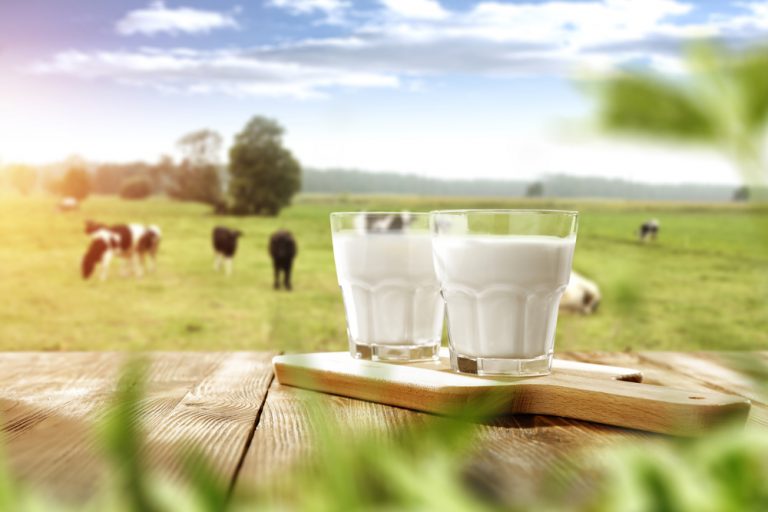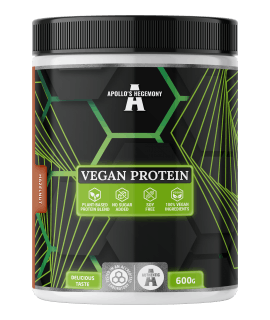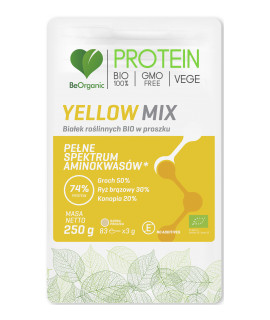Milk has very high nutritional value - it contains crucial vitamins and mineral elements that are responsible for the proper functioning of the body. However, despite this, its properties arouse much controversy around it. Let’s check if the milk is healthy!
What is milk?
Milk is the substance which is produced by mammary glands in female mammals. For food mainly cow milk is used, and to a lesser extent goat and sheep ones.
The milk is in the form of a white, opaque liquid. It is a mixture of various substances that make it simultaneously a specific solution of lactose and parts of mineral salts, a colloidal solution of casein and parts of phosphates, and an emulsion in which the dispersed phase is fatty components and the disperse phase is water.
Milk contains fat, lactose, protein, magnesium, potassium, calcium, B vitamins, vitamin A, vitamin D, vitamin K and vitamin E. In terms of commodities, a distinction is made between raw milk (a natural product obtained in the process of milking dairy animals, to which nothing has been added or included) and drinking milk (milk intended for consumption after appropriate technological processes).
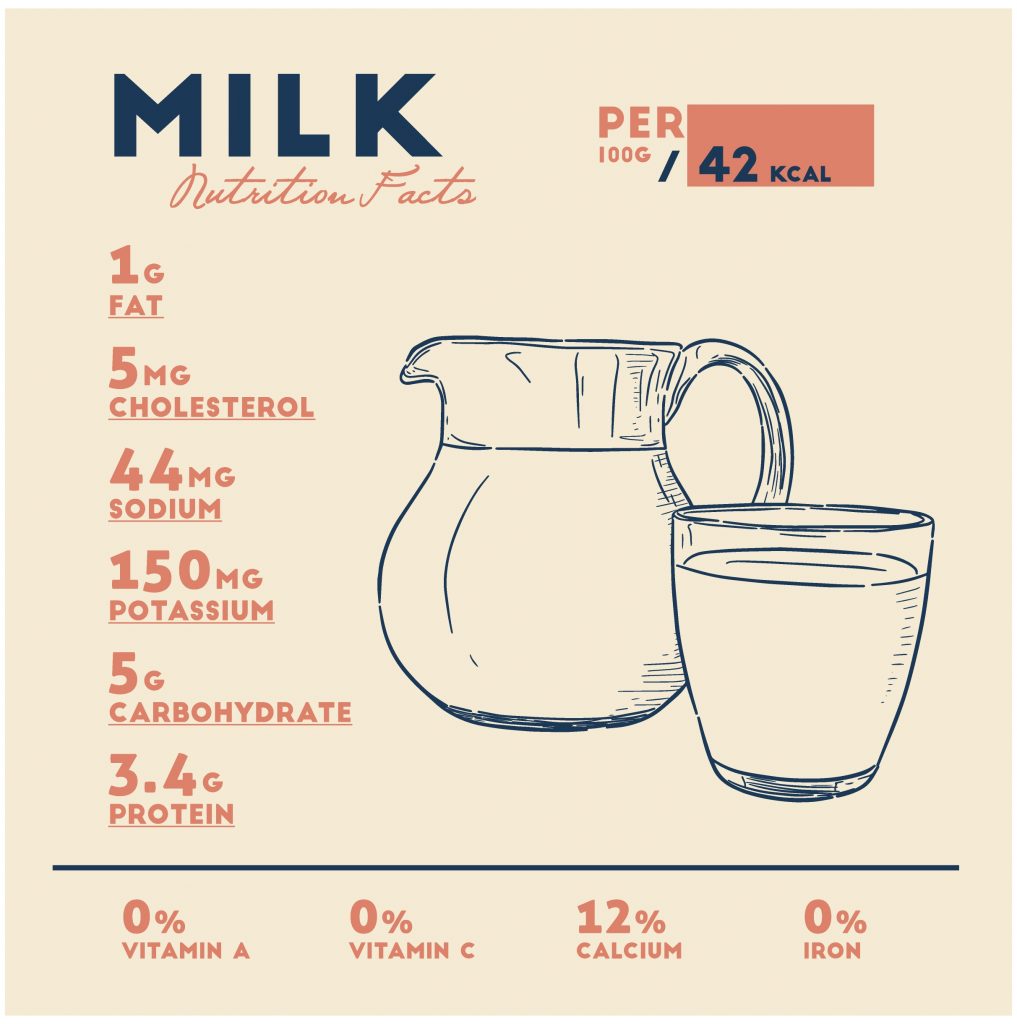
Basic milk composition
Milk is a unique product in terms of nutritional value. A person should receive in the diet about 60 ingredients that the body is unable to produce on its own.
All these ingredients are found in each mammal’s milk. Milk is rated as a product with very high nutritional values and is almost 100% digestible. The calorific value of milk in 100 ml depends on its composition, mainly fat content.
What is lactose?
Lactose is a sugar that only occurs in milk. It’s a disaccharide made of glucose and galactose molecules. Galactose, which is a component of brain tissue and the central nervous system, plays a special role in the human body and is therefore necessary for their growth and proper formation.
The amount of lactose in the milk of mammals is proportional to the weight of their brains, which indicates that this sugar is necessary for the proper development of the brain and central nervous system.
Lactose in the digestive tract is easily converted into lactic acid, which supports the growth of normal intestinal microflora. The presence of lactose in the digestive tract promotes the absorption of calcium, magnesium and phosphorus.
Lactose Intolerance - Causes, Symptoms and Treatment
Milk proteins are wholesome proteins, i.e. those containing every amino acid which our body cannot produce at itself. Their actual digestibility is very high and amounts to as much as 97%. Already 0.5 litres of milk covers human demand for essential amino acids. There are two groups of proteins in milk - casein and whey.
Casein proteins form a cheese curd, while whey proteins remain in the liquid whey. Casein is a complex protein. It is a complex of over 20 different proteins, containing calcium and phosphorus ions.
Whey proteins are simple proteins. In cow milk, 50% is beta-lactoglobulin, 25% - alpha-lactalbumin, 15% - immunoglobulin and serum albumin. Milk protein components include lactoferrin, lysozyme and lactoperoxidase, which have antibacterial activity.
98% of the milk fat fraction is simple fats. Another 2% is cholesterol, phospholipids, carotenoids and vitamins soluable in fat - A, D, E and K. In 100 ml of milk 3.2% it contains 10 mg of cholesterol.
Milk fat is very easily digestible, which is due to the high degree of dispersion (fat is broken down into very small globules) - it can be absorbed in the digestive tract without prior hydrolysis. The actual digestibility of fat is 97-99%. Fatty acids in milk are 65% saturated fatty acids, 29% monounsaturated and 6% polyunsaturated.
CLA in milk
In addition, milk from cows grazing in the pastures and fed traditionally contains small amounts of CLA fatty acid with anti-cancer effect and supporting weight control. Phospholipids are components that build cell membranes. The most important of them - lecithin - is an element of the brain and nervous tissue.
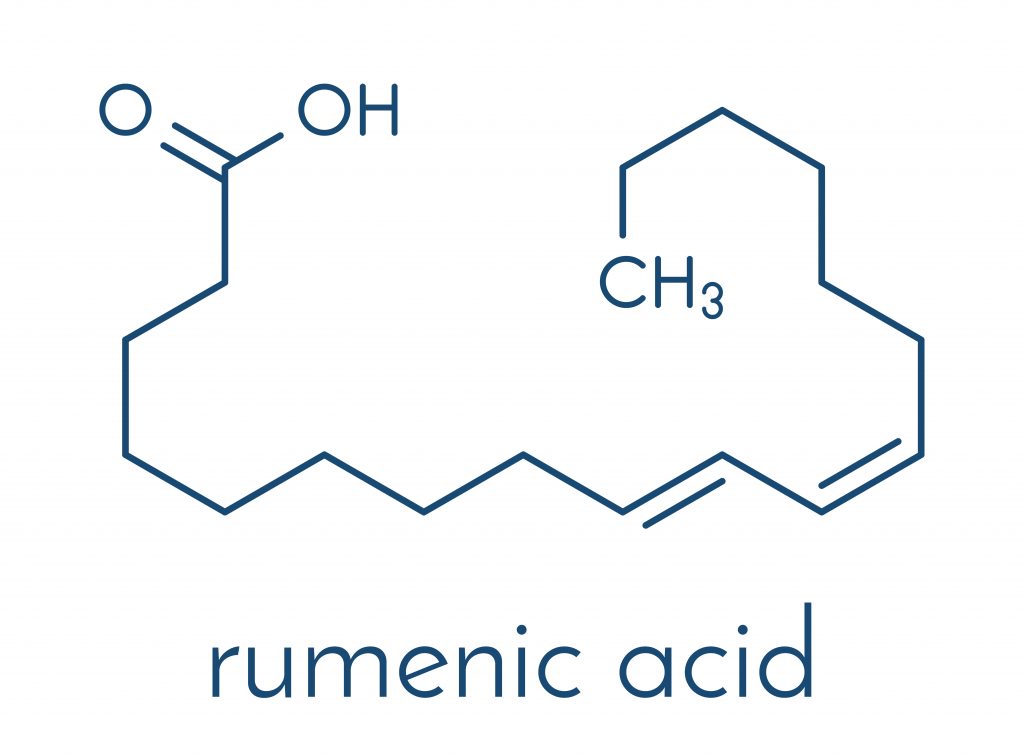
Microelements and macroelements in milk
Microelements and macroelements in milk are mostly in the form of salts. These are citrates, carbonates, phosphates and chlorides. Calcium, phosphorus and sulfur are also found in organic connections.
Cow's milk contains several times more macroelements than breast milk.
Opinions on the impact of milk on health are divided both in the scientific community and among consumers. First of all, the question was raised that man as the only animal drinks milk in adulthood, and also drinks the milk of other animals.
Milk - a milk allergy
Milk is one of the most common food allergens among children. Ig E-dependent milk protein allergy is a type of allergy most strongly correlated with age and it resolves in over 90% of children. The incidence of milk allergies in the first year of a child’s life is by far the highest among all foods.
It is estimated that it affects 0.5% of breast-fed infants and 1.9-3.2% of artificially fed infants. Symptoms of allergies most often include skin rash, diarrhoea and abdominal pain as well as rhinitis and asthma.
The vast majority of children acquire cow’s milk tolerance before the age of five. Initially, symptoms cease to appear only after eating intense heat-treated milk, and then also after eating raw milk.
